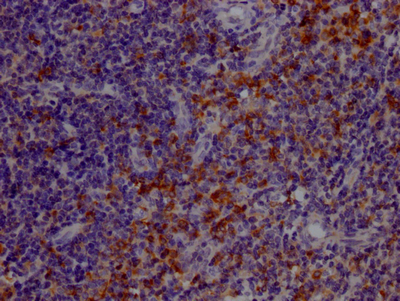TLR7 is an endosomal TLR that recognizes single-stranded RNA (ssRNA) and is activated by imidazoquinoline drugs like imiquimod and resiquimod. TLR7-mediated induction of type I interferon and other inflammatory cytokine production plays an important role in antiviral immune responses. TLR7 may mediate early innate immune responses to malariateria, according to parasite studies. Altered TLR7 expression has been linked to a variety of autoimmune diseases, implying that this receptor plays an important role in regulating inflammation.
The generation of the recombinant TLR7 antibody includes obtaining the TLR7 antibody gene, cloning the gene into a plasma vector, introducing the recombinant vector into mammalian cell lines, and achieving expression of adequate amounts of functional antibody. The recombinant TLR7 antibody was purified using A synthesized peptide derived from human TLR7. It is reactive with the TLR7 protein from Human and is suitable for the use in the ELISA, IHC.






